Vocational education
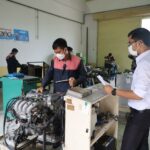
By definition, Vocational education refers to the program that enables people to acquire highly transferable and development skills. It also grants people the necessary technical skill for their desired career.1 Cambodia’s vocational education plays an important role during the country’s economic structural transition and the ...
Fishing, fisheries and aquaculture
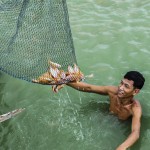
Cambodian fish farmer checking on fish quality. Photo by U.S. Agency for International Development (USAID), taken on 16 October 2012. Licensed under CC BY-NC-ND 2.0.Cambodia’s inland capture fisheries are among the largest in the world. The fishing industry encompasses subsistence, commercial and recreational fishing, as ...
Aid and development

Following the Paris Peace Accords signed in October 1991, Cambodia has received a significant amount of global support for its development and post-conflict work. In 2014, 30 – 40 percent of the country’s national budget is funded through development assistance, placing Cambodia among the most ...
Patient rights
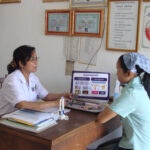
Access to quality healthcare is fundamental to enhancing citizens’ livelihoods and advancing towards more sustainable growth and development in countries all over the world. Along with increasing public demand for better health infrastructure and adequate access to healthcare services, many countries face the need to ...
Primary and secondary education
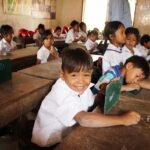
Article 68 of Cambodia’s Constitution states that the Government shall provide free primary and secondary education for all citizens and each individual shall pursue basic education for at least 9 years. Education is a fundamental engine of social and economic development for a country, especially ...
Communal land

Though there are multiple forms of communal property, the rights associated with indigenous communal property are subject to significant legal and socio-economic issues. Indigenous communities are culturally very different from the rest of Cambodia, and the law provides them with the opportunity to obtain collective ...
Carbon trading and other Payments for Ecological Services (PES)
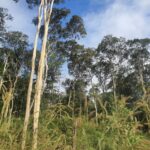
Forest view. Photo by Open Development Cambodia, taken on 05 December 2021. Under license CC BY-SA 4.0.Cambodia is covered with forest, accounting for around 13.1 million hectares in 1973, and it is had fallen to 8.7 million hectares in 2014.180 However, based on the Ministry ...
Anti-corruption
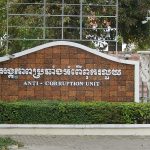
Anti-Corruption Unit, Phnom Penh, Cambodia. Photo by Michael Coghlan, taken on 9 January 2014. Licensed under CC BY-SA 2.0In the 2016 Corruption Perceptions Index published by Transparency International, released in January 2017, Cambodia ranked 156th out of 176 countries.222 Cambodia has the lowest score of all ...
Non-renewable energy production
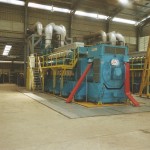
Non-renewable energy sources are chiefly fossil fuels such as coal, diesel, oil and gas. They provide most of Cambodia’s locally-produced electrical supply – in 2011 diesel and heavy fuel oil generators provided 89% of local electricity generation. ...
Forest policy and administration
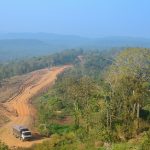
Logging truck in Mondulkiri protected forest , Cambodia. Photo by Global Water Forum, taken on 23 February 2014. Licensed under CC BY-NC-SA 2.0Cambodia is deeply concerned about deforestation. While the country seeks fast economic development, forests represent a tremendous national treasure. In order to help ...
Government services
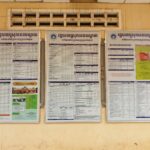
List of public services provided by One Window Service Office at Rotanak Mondol district hall in Battambang province. Photo by ODC team, taken on 28 February 2020. Licensed under CC BY-SA 4.0.Government services might be perceived as tools in pursuing the country’s development, and assuring ...
Labor

Garment workers waiting in line to get food. Photo by International Labour Organisation, taken on 14 July 2015. Licensed under CC BY-NC-ND 2.0.Cambodia has the highest labor force participation rate in the Southeast Asia/Pacific region, with 82.7 percent of the working population aged 16-64 employed ...
Water and sanitation
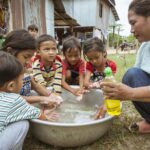
Children in Moung district, Battambang province, wash their hands with soap and water. Photo by WorldFish Cambodia, taken on 08 November 2018. Licensed under (CC BY-ND 2.0).Recognized as a global crisis, the United Nations has included water and sanitation in Sustainable Development Goal 6, ensuring ...
Disaster preparedness and emergency response policy and administration
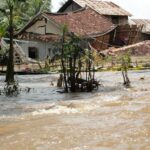
In the World Risk Index for 2020, Cambodia was ranked as the 16th most vulnerable country in the world out of 181 countries listed.457 Global climate changes and ongoing disasters such as storms, floods and droughts are big challenges partly because of a lack of ...
Poverty policy and regulation
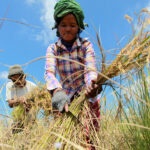
As a fast-developing nation, Cambodia has always found poverty one of its main challenges. The Rectangular Strategy states that eradicating poverty has long been one of the Royal Government of Cambodia’s (RGC’s) highest priorities.511 Since the country’s first major post-civil war election in 1993, Cambodia ...
Education policy and administration
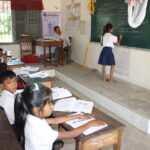
The Royal Government of Cambodia has continued its effort to reform the education sector at all levels. Over the years, policies and regulations have been enforced to improve education quality, accessibility, efficiency, effectiveness, inclusiveness, and transparency. Those policies and regulations include Education Strategic Plan 2019-2023, ...
Energy policy and administration

Electricite du Cambodge (EdC). Photo by bmeabroad, taken on 10 November 2011. Licensed under CC BY-NC-SA 2.0.Low electrification rates and over-dependence on fossil fuel imports have contributed to Cambodia ranking 120 out of 124 nations in the new World Economic Forum’s Global Energy Architecture Performance Index ...
Civil and commercial litigation
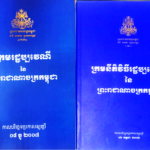
Since 1993, the Royal Government of Cambodia (RGC) has been working to reform the country’s legal framework, and in particular the application of justice, to provide a clear and fixed procedural system to ensure respect for individual rights and equality before the courts.713 In theory, ...
Environment and natural resources
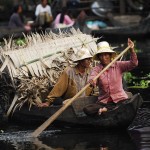
Around three quarters of Cambodia’s population depend on agriculture, forest products and fisheries for their livelihoods, so the management of the environment and natural resources is of great importance. Deforestation has occurred on a large scale. Cambodia lost six percent of its remaining primary forest ...
SDG 13 Climate action
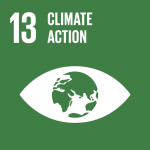
SDG 13 is aimed at taking urgent action to combat climate change impacts by developing the capacity of each country to mitigate climate risks and work towards adaptation. Least developed nations, landlocked countries and small island states are recognised as especially in need of support ...



